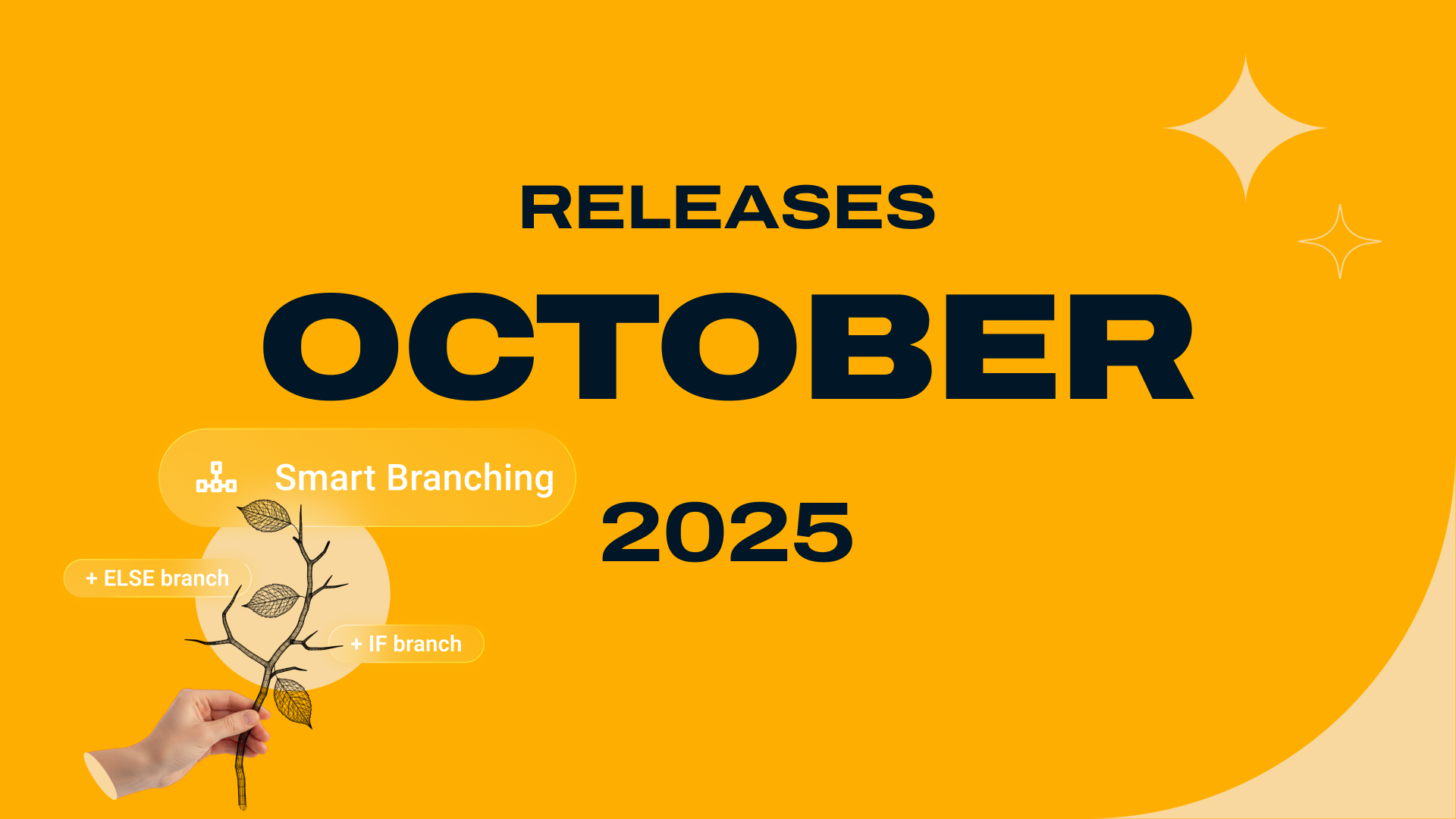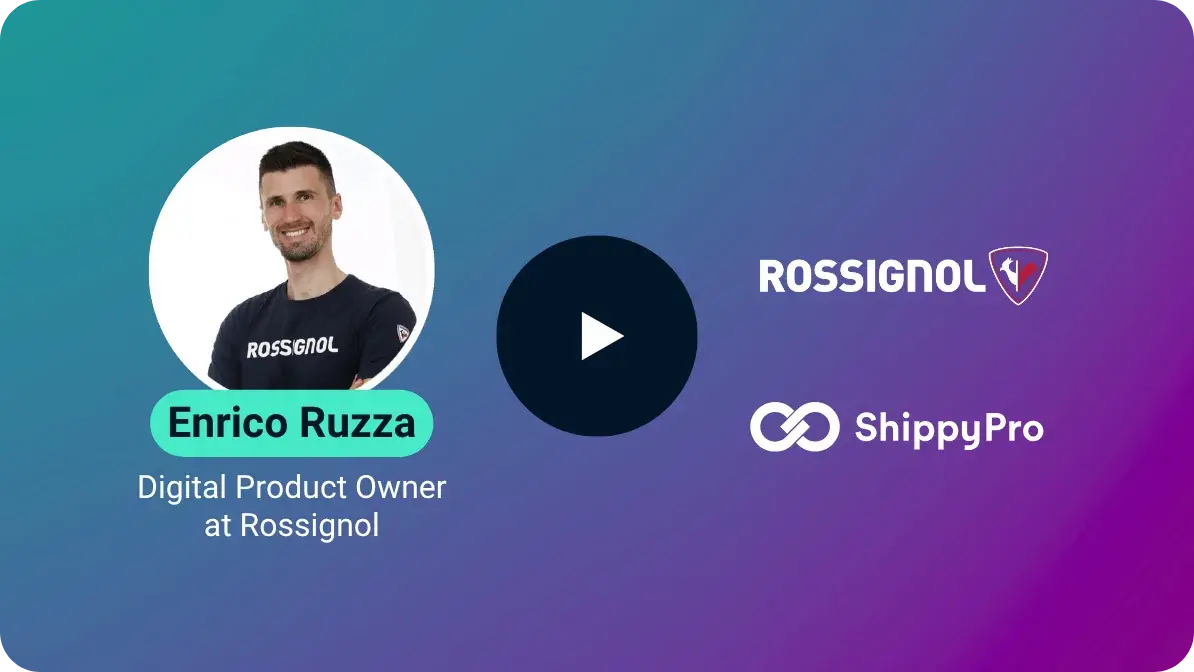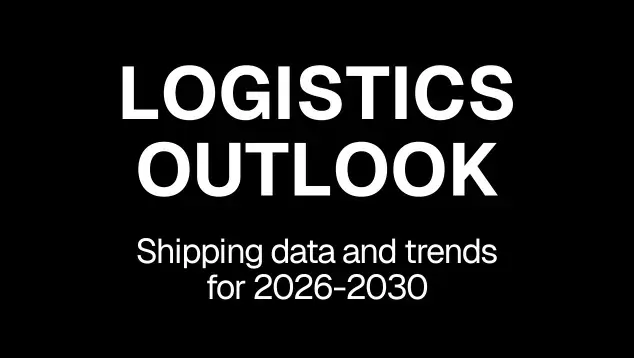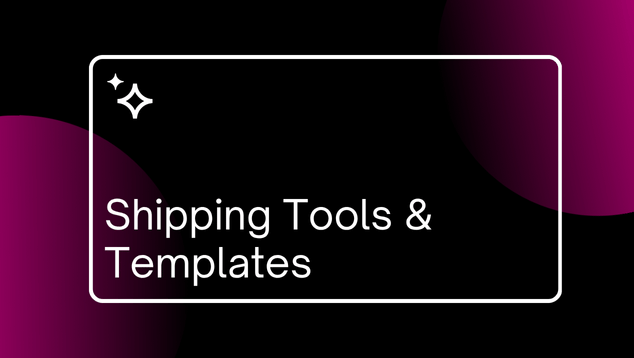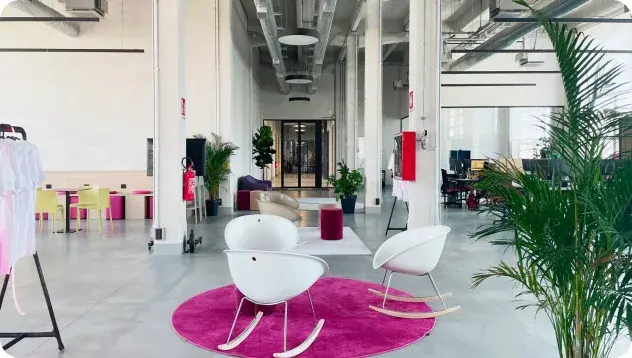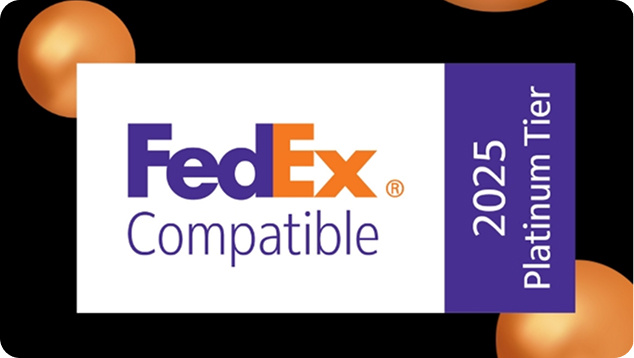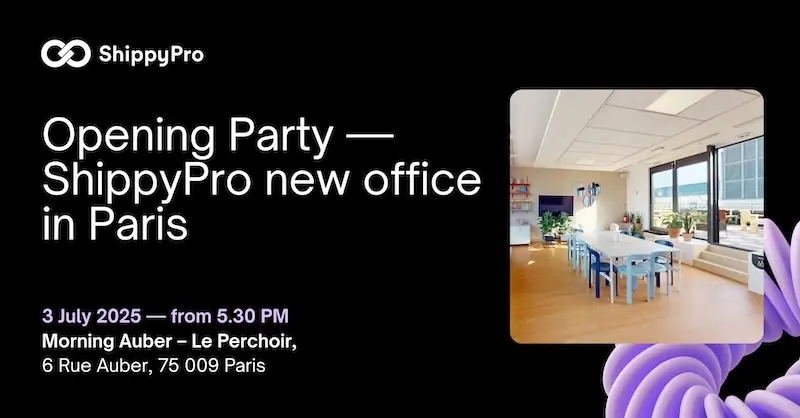Click and Collect: how it works, how to implement it and trends 2026
Click & Collect is transforming the UK retail landscape. This multichannel sales model lets customers purchase online and pick up in store. During the pandemic almost half of the top 500 retailers adopted this strategy—and it is easy to see why: global sales through this channel are expected to top USD 150 million by 2026. Click & Collect is more than a convenience feature; it is an evolution of commerce that blends the best of digital and physical retail.
Companies such as Target have recorded a remarkable 400% increase in revenue since 2019, while Nordstrom saw 39% of total sales come from digital channels—10% from Click & Collect specifically. In the UK, chains such as IKEA promise to prepare Click & Collect orders in as little as three hours, giving customers the flexibility to collect when it suits them best.
This comprehensive guide explains exactly how the system works, the advantages it offers to shoppers and retailers, and how to implement it effectively in your own e-commerce operation to ride this fast-growing trend.
What Click & Collect is and why it is gaining ground
The “click and collect” system is one of the most innovative omnichannel strategies in UK retail. It fuses the digital and the physical shopping experience, creating a bridge between e-commerce and the traditional store.
Meaning and origin of Click & Collect
Click & Collect literally means “click and pick up” and lets customers buy online and collect their order in person from a physical location. The concept sits between traditional in-store shopping and full home delivery. Born alongside the rise of e-commerce, Click & Collect follows an omnichannel strategy that integrates online and brick-and-mortar activity, allowing retailers to turn digital traffic into incremental in-store sales.
Why it surged in popularity after the pandemic
During lockdown Click & Collect posted stellar results, growing 349% in the grocery sector alone. Research by the Politecnico di Milano recorded a 100%+ increase in consumers buying online. Concerns about safety and hygiene pushed shoppers toward more secure, flexible purchase options that avoided crowded spaces. Roughly half of US consumers surveyed at Christmas 2020 said they preferred in-store pick-up to home delivery.
Differences between Click & Collect and home delivery
Compared with home delivery, Click & Collect offers distinct benefits:
- Customers can check stock in real time and visit the store only when the product is confirmed available.
- No waiting for delivery or paying shipping charges.
- Greater flexibility on collection times—no need to schedule a specific slot.
- Simplified last-mile logistics, lowering retailers’ costs.
A Forrester Consulting survey for Accenture found that a failed delivery can cost a retailer about €170, while 59% of shoppers would stop buying after a late shipment. Click & Collect is therefore the ideal answer for consumers who enjoy online shopping but dislike delivery issues.
How Click & Collect works—step by step
The Click & Collect process links the digital journey with the store experience through clear stages.
1. Online purchase and pick-up-point selection
The customer browses the retailer’s website or app and adds items to the basket. At checkout the “Click & Collect / Store pick-up” option appears. The shopper then chooses where to collect from:
- The retailer’s own stores
- Automated lockers (e.g. IKEA lockers accessible 24/7)
- Third-party pick-up points (e.g. Post Office branches)
The system automatically checks stock at the chosen location before confirming the order.
2. Order preparation and customer notification
After confirmation, in-store staff or the DC team prepare the items. Lead times range from a few hours to a couple of days. IKEA, for instance, can prepare Click & Collect orders in as little as one hour at certain sites.
When the order is ready the customer receives an email or SMS containing:
- Collection confirmation
- A pick-up code or PIN
- Clear collection instructions
3. Collection in store, locker or external point
On arrival the customer usually shows:
- A valid photo ID
- The order number or QR code
- Sometimes the purchase receipt
At lockers the customer enters the PIN or scans the code to open the compartment. Most retailers hold orders for a limited time (7–15 days depending on policy).
4. Payment options—online or on site
Payment is most often taken online at checkout (card, PayPal). Some retailers allow payment on collection. Many Click & Collect services are free or cheaper than home delivery, especially above a certain basket value.
Benefits for customers and retailers
Shipping-cost savings
Cost saving is a key draw: about 47% of shoppers choose Click & Collect to avoid delivery fees. Retailers also benefit through lower last-mile costs.
Greater customer flexibility
Shoppers can collect at their convenience without waiting for a courier. For urgent items pick-up can be far faster than standard delivery—sometimes within an hour.
Increased store traffic
Retailers see higher footfall: over 60% of customers buy additional items when they come to collect, boosting basket value and enabling up-/cross-selling.
Fewer returns and better experience
Customers can inspect products immediately, reducing returns and streamlining after-sales service—especially valuable in peak season.
Implementing Click & Collect in your e-commerce
Setting up pick-up points and managing stock
Decide which stores will offer pick-up, whether dedicated areas are needed and if external partners will extend coverage. Ensure you have space and staff to handle a possible order surge.
Enabling local pick-up on Shopify or other platforms
On Shopify activate Click & Collect via Settings > Locations, then Shipping & Delivery. Define collection times and customise customer instructions. WooCommerce offers plug-ins, and solutions such as Sendcloud connect marketplaces to networks like InPost.
Real-time inventory synchronisation
- Display Click & Collect orders in the OMS
- Check stock live
- Reserve items to prevent double selling
- Sync store and online inventory dynamically
Communicating the service
- Add homepage banners/pop-ups
- Create a dedicated info section
- Highlight the option at checkout
- Offer incentives such as in-store pick-up discounts
Conclusions on the future of Click & Collect in UK retail
Click & Collect is one of the most promising strategies for UK retail. Cost savings, flexibility and lower return rates attract consumers, while retailers gain in-store traffic and leaner operations. Real-time inventory is critical.
Forecasts show the channel will exceed USD 150 million in sales by 2026. Click & Collect is not a passing fad but a structural evolution that merges digital and physical retail. Companies that integrate it effectively into their omnichannel strategy will secure a significant competitive edge in the increasingly digital UK market.
FAQs
What is Click & Collect and how does it work?
Click & Collect lets customers buy online and pick up goods at a physical location. After ordering on the website or app, the shopper selects a collection point and receives a notification when the order is ready.
What are the main benefits of Click & Collect for customers?
Savings on delivery fees, flexible collection times, immediate product inspection and shorter wait times versus home delivery.
How can a company implement Click & Collect?
Set up pick-up points, enable the option on the e-commerce platform, sync real-time inventory and communicate the service clearly. Efficient order management and trained staff are essential.
Why did Click & Collect become so popular after the pandemic?
It offers a safer, more flexible shopping option, avoiding crowds, reducing contact and improving certainty of stock availability.
What are the future prospects for Click & Collect in retail?
Sales are forecast to exceed USD 150 million by 2026, making Click & Collect an increasingly important component of omnichannel retail strategy.
ShippyPro is the complete shipping software for online and offline retail. With Label Creator, Track & Trace, Easy Return and Analytics features, our software simplifies your shipping operations. ShippyPro integrates with over 180 carriers and 80 sales channels, making it compatible with a wide range of products and use cases.
